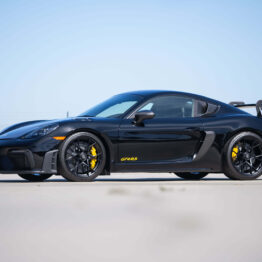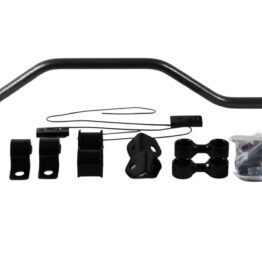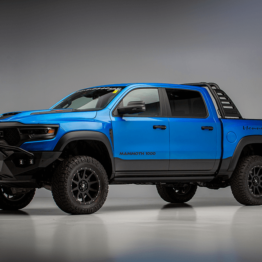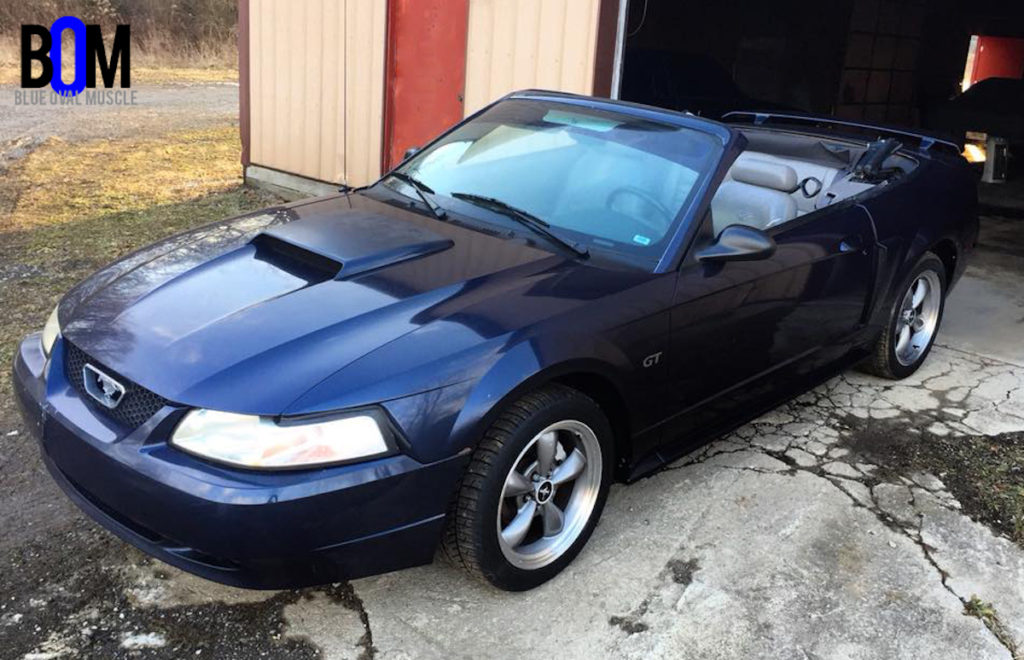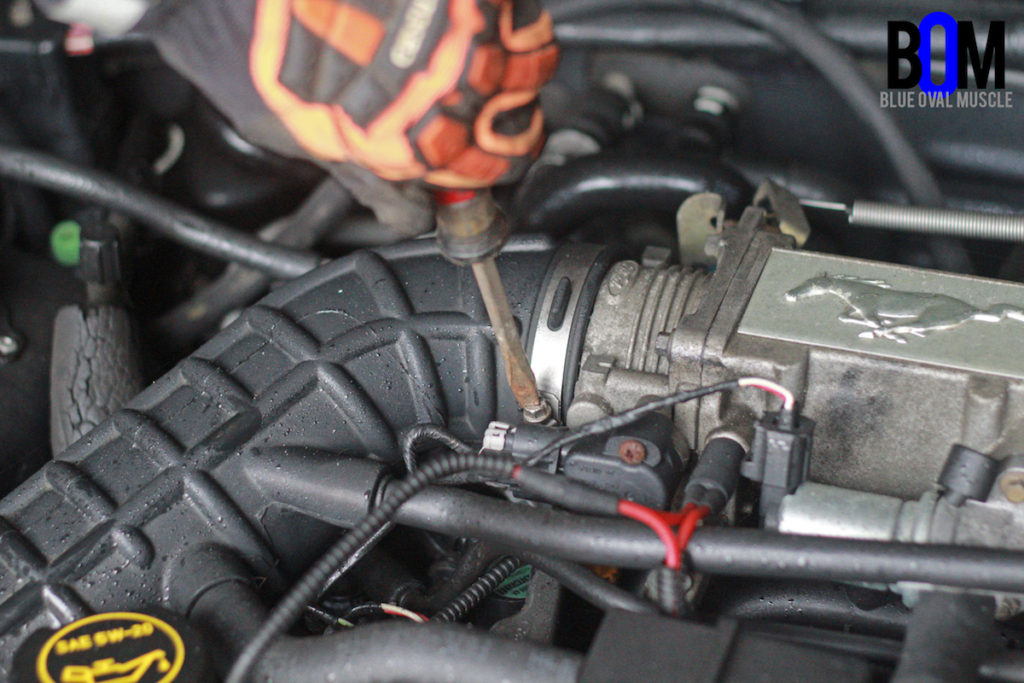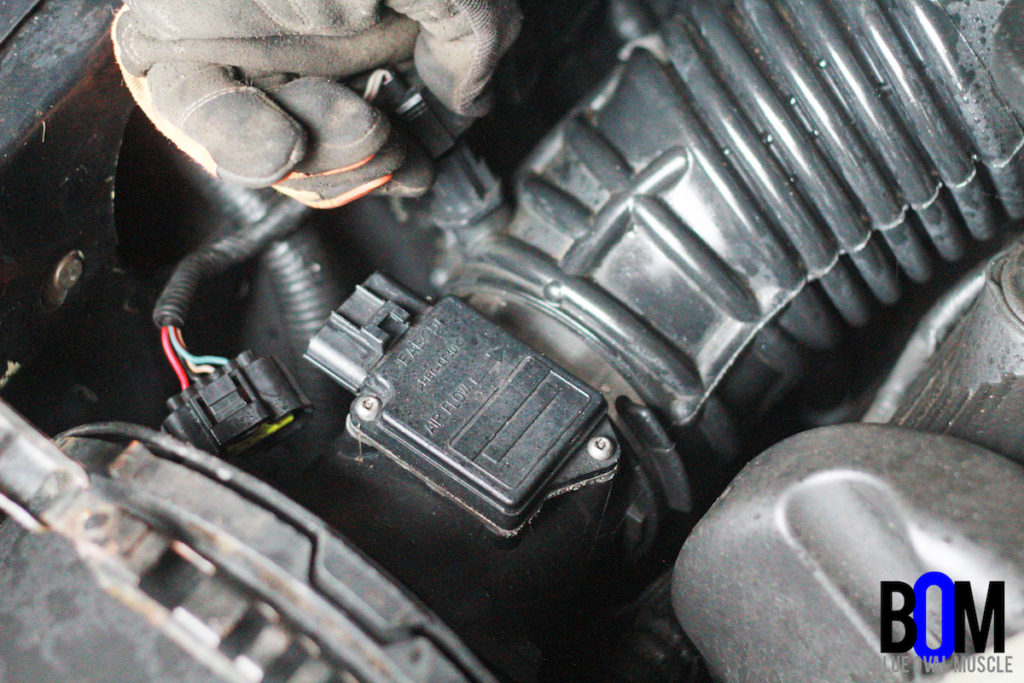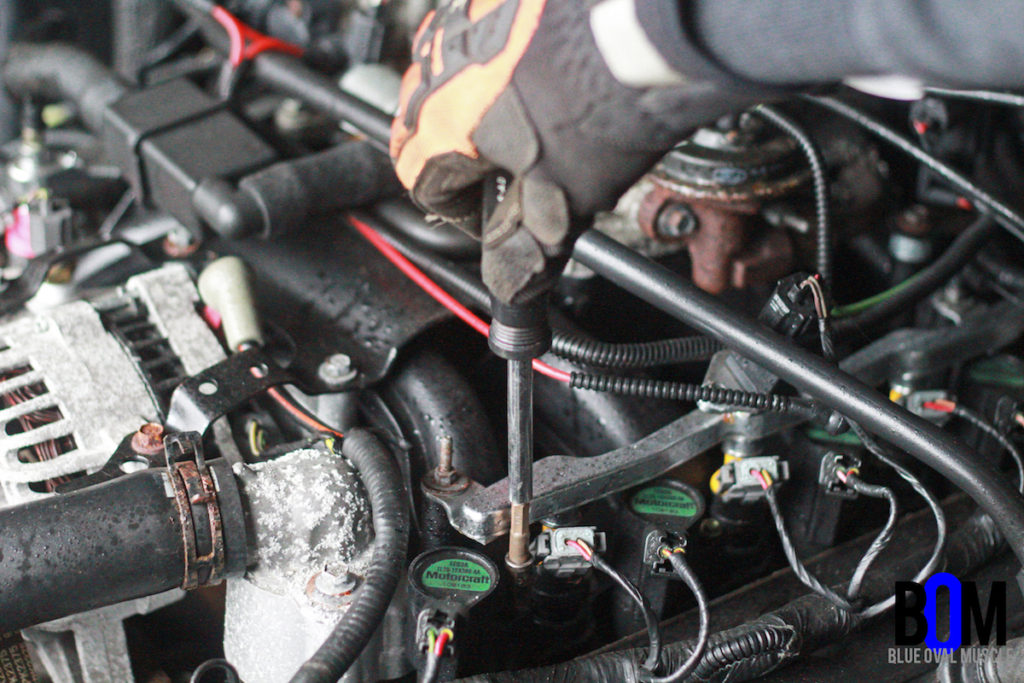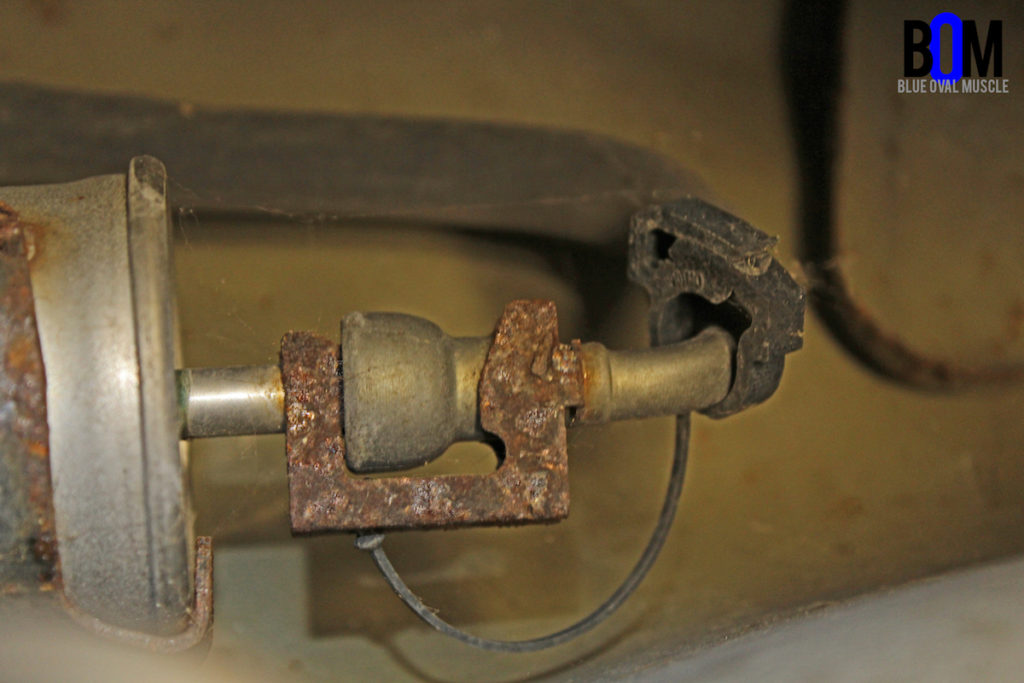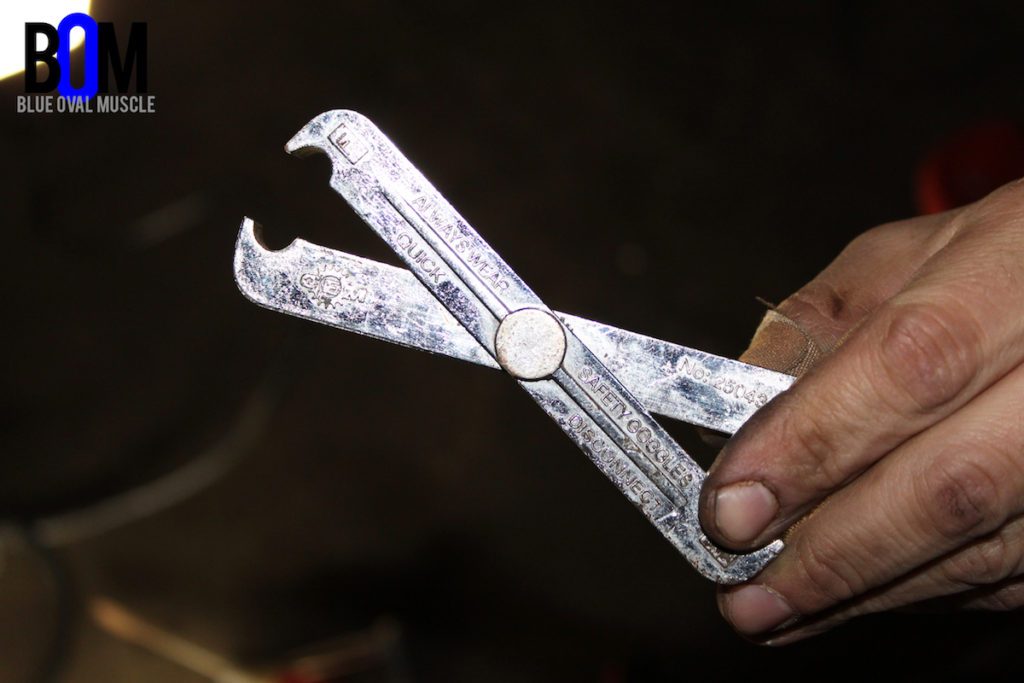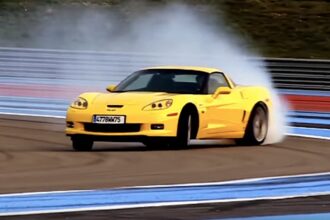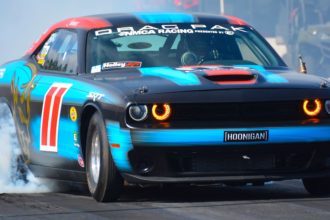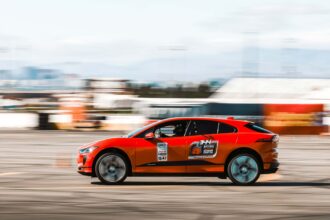Photos by: Rick Seitz
With Big Street/Strip Plans In-Store for Project True Blue, It’s Time to Tackle the Basics First
After lots of thinking about which year and platform to buy, Blue Oval Muscle’s first Mustang project came to us needing some love. The 2001 SN95 Mustang with stock 2V 4.6L was an absolute bargain, but the foundation needs some love before we move onto bigger and better things for the ‘Stang. Some issues make the car undrivable, like the brakes, which we’ll cover in the next article, but even the basic serviceable parts were in dire need of attention.
We can tell by a rough idle and lazy feeling engine when you push the pedal, that the car isn’t quite ready to hit the street, and certainly not the dyno. In order to measure our success with future modifications, we need to know what we’re working with. Hopefully, the Mustang will at least reach its stock power expectations on the dyno after the tune-up.
Rated at 260hp at the flywheel from Ford, we certainly want every horsepower we can extract from the stock engine. From our experience, these cars hover between 230 to 235 horsepower to the tires, bone stock, and that’s on a Dynojet chassis dyno. On a Mustang dynameter, you can expect 5-10% less, putting it in the range of 207 and 223 horsepower, so that’s the expectation we have.
As oddly as it sounds, it’s not really the engine we’re doing all this for. The idea is to make sure it’s running as it should, so we can get some seat time and start in on the suspension and wheel/tire package right away. True Blue’s engine isn’t getting any aftermarket modifications as the 4.6L is being yanked and replaced with a 5.0L Coyote powertrain, but that’s on down the line. The initial focus is getting it to hook, handle, stop, and have better ride characteristics before we worry about the engine.
The New Edge Mustang isn’t terribly high-mileage; with 139k miles on the clock, there’s still a lot more life left in True Blue’s 4.6L. This basic tune-up should be enough to make it stronger than before, and ready for some work. We will be changing the oil, oil filter, fuel filter, air filter, the spark plugs, and giving it a healthy cycle of fuel injector cleaner.
Parts List:
- Royal Purple Fuel Injector Cleaner
- Royal Purple HPS Full Synthetic 5W-30 (5.5 quarts)
- NGK TR55 Spark Plugs
- Motorcraft Air Filter (PN- FA 1632)
- Motorcraft Oil Filter (PN-FL820S)
- Carquest Fuel Filter (PN-86595)

We’re not certain when the last time the oil was changed in our Mustang, although our JiffyLube windshield sticker claims sometime in the Summer of 2016. Either way, could benefit from an oil upgrade anyway, so that’s the first thing we addressed. The Royal Purple HPR synthetic oil is among the best lubricant for the engine, and will promote better performance and a cleaner operation. The previous owner did claim that they ran synthetic oil religiously in the Mustang throughout the decade-plus of their ownership, so we shouldn’t see any negative side effects, such as leaky seals.
- Before we could change out the air filter and spark plugs, we’d have to remove the air intake tube that routes from the air box to the throttle body. While the intake tube is off, we’ll also clean the throttle body and MAF sensor, too, with products from CRC.
- In order to do so, we needed to disconnect the MAF and IAC sensor……
- Since the ’99-04 4.6L utilizes coil-on-plug, as opposes to the more traditional plug wire arrangement, we had to take the time to remove each coil to access the plugs.
- Each model, and both fuel rails had to come off in order to make the plugs accessible.
- With everything out of the way, the eight plugs came right out with little effort. We should note that if your car has been sitting for a while, like ours has, it’s best to break out the shop vac to clean up any debris that any critters could have left behind.

There’s no way these old spark plugs were doing their job with any level of efficiency. It’s hard to say for certain, but it is entirely possible that these are the original spark plugs. NGK’s TR55 V-Groove technology will bring a whole new level of spark to the engine.

With the plugs in and the throttle body and MAF cleaned, it was time to put everything under the hood back together, including the fresh air filter. We actually had a low-restriction K&N lying around for this car, but since we wanted to be fair to the dyno results, we replaced the dirty filter with a brand new OEM replacement element.
- The fuel filter is easy to locate, and easy to access for replacement. It’s located just aft the rear axle, between the trunk pan and rearend.
- …one on each side.
- The fuel line quick disconnect tool is a handy thing to have in the shop — and you can usually pick one of these up at your local parts store for around $20.

Fuel injector cleaner will help clean the injectors and help with any possible moisture issues inside the fuel system. The tank was almost completely empty when we did this, so we didn’t see a need to drop the tank.
The tune-up has fixed the idle issues and the engine feels stronger. Up next is the brakes, and with the tune-up, this will at least make it possible to get some seat time over the next several weeks, as well as allow us to get some solid, and fair, baseline numbers of the car.

With everything buttoned back up, the car was ready for some baseline dyno and track testing. But before we could even take the car down the road, we’d have to address that nagging issue with the brakes. Be sure to tune in next time to see how we go about it.
Elizabeth is hardcore horsepower enthusiast with unmatched intensity for making things faster and louder. She wakes up for power and performance and only sleeps to charge up for the next project that’s heading to the track. From autocross to drag racing, Elizabeth is there with you, so stay tuned for her unique perspective on horsepower news, builds, tech info, and installs — with her, it’ll never be boring!

